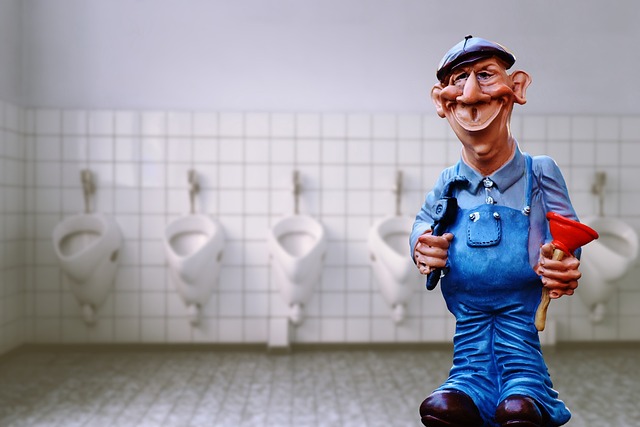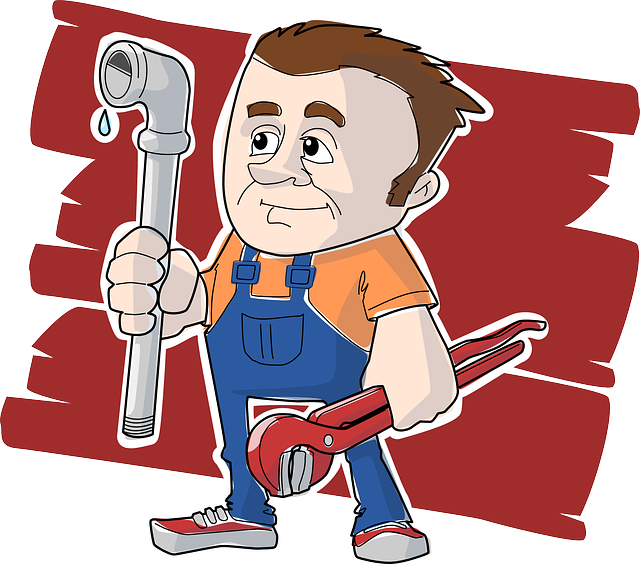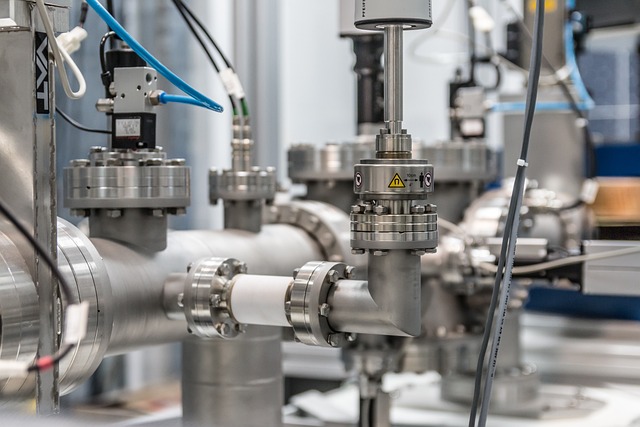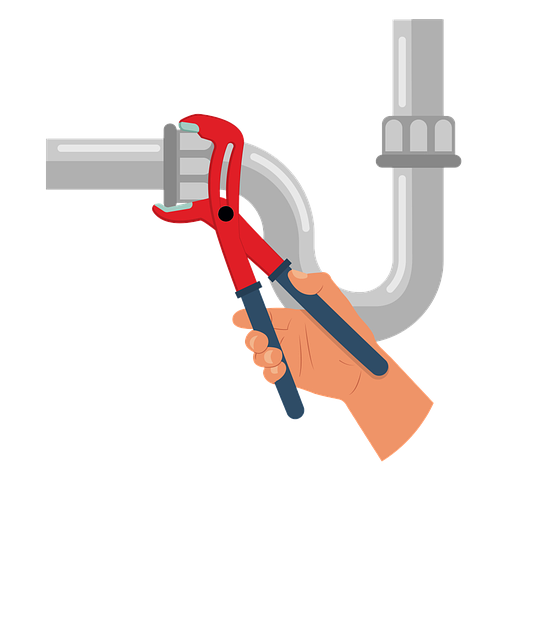Plumbers play a vital role in managing water pressure (measured in psi) and flow dynamics (GPM), addressing complex systems through comprehensive assessments. They consider elevation changes, pipe diameter, and openings to ensure optimal performance, identify issues like low pressure or clogs, and optimize water usage. Using tools like pressure gauges and flow meters, plumbers employ advanced techniques such as video inspection and pressure testing for accurate diagnoses. Common problem-solving steps include checking for leaks, clogged fixtures, and dirty aerators; inspecting pipes, valves, fittings, and appliances; and optimizing performance through part replacements, repairs, filtration systems, regular maintenance, flushing, and addressing mineral buildup. Upgrading outdated fixtures enhances overall system efficiency.
“As a plumber, ensuring optimal water pressure and flow throughout your system is paramount. This comprehensive guide equips you with the knowledge to test and optimize these crucial dynamics. From understanding the fundamentals of water pressure and flow to employing advanced tools and techniques for thorough assessment, this article covers it all. Additionally, we provide practical troubleshooting tips and strategies to identify and resolve common issues, ensuring your plumbing system operates at peak efficiency.”
- Understanding Water Pressure and Flow Dynamics
- Tools and Techniques for System Assessment
- Troubleshooting Common Issues and Optimizing Performance
Understanding Water Pressure and Flow Dynamics

Understanding water pressure and flow dynamics is crucial for any plumber dealing with complex systems. Water pressure, measured in pounds per square inch (psi), dictates the force at which water moves through pipes. It’s influenced by factors like elevation changes, pipe diameter, and the number of openings or restrictions along the route. Plumbers must consider these elements to ensure optimal system performance and identify potential issues like low pressure or clogs.
Flow, on the other hand, refers to the rate at which water moves through a system. It’s typically measured in gallons per minute (GPM) and is impacted by factors such as pipe length, diameter, and the elevation of the water source. By comprehending these dynamics, plumbers can accurately diagnose problems, optimize water usage, and recommend suitable solutions to keep systems running smoothly for homes or commercial properties.
Tools and Techniques for System Assessment

When it comes to assessing water pressure and flow within a system, plumbers employ a range of tools and techniques to ensure optimal performance and identify potential issues. One of the most common tools is the pressure gauge, which measures the water pressure at various points in the plumbing system. Plumbers also utilize flow meters to determine how much water is moving through different sections, helping them pinpoint bottlenecks or leaks that may affect overall efficiency.
Additionally, advanced techniques such as video inspection and pressure testing are employed. Video cameras attached to flexible cables allow plumbers to visually inspect pipes for any signs of damage, corrosion, or blockages without having to dig up the ground. Pressure testing involves temporarily closing valves and applying increased pressure to detect weak spots or leaks in the system. These comprehensive approaches empower plumbers to accurately diagnose problems and implement effective solutions, ensuring a well-functioning water distribution network.
Troubleshooting Common Issues and Optimizing Performance

When a plumber encounters issues with water pressure or flow, troubleshooting should begin by checking for common problems such as leaks in pipes, clogged fixtures, or aerators that need cleaning. It’s crucial to inspect the entire system, including valves, fittings, and appliances like water heaters, to identify any blockages or damage. Using specialized tools for testing pressure and flow rates can help pinpoint problem areas.
Once identified, optimizing performance involves addressing the root causes. This may include replacing worn-out parts, repairing leaks, or installing filtration systems to remove impurities. Regular maintenance, such as flushing out systems and checking for mineral buildup, is essential to ensure smooth water circulation. Plumbers should also consider upgrading outdated fixtures and appliances with more efficient models to enhance overall system performance.
Regularly testing water pressure and flow is a crucial task for any plumber, ensuring optimal system performance. By understanding the dynamics of water pressure and flow, and employing suitable assessment tools, professionals can efficiently troubleshoot issues and make data-driven optimizations. This not only enhances system efficiency but also prolongs its lifespan. Whether it’s a bustling metropolis or a quiet home, maintaining healthy water pressure and flow is key to a well-functioning plumbing system.
